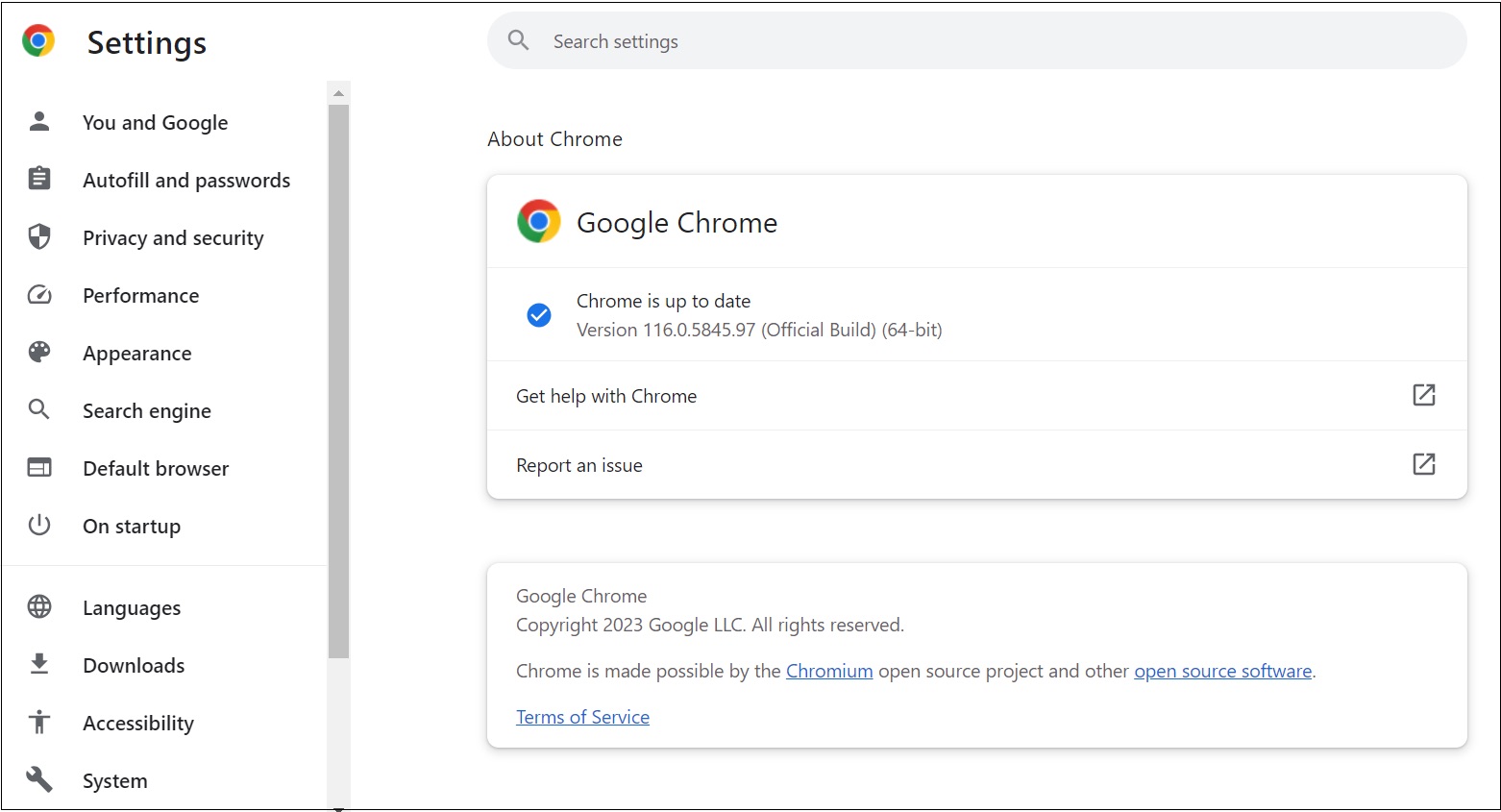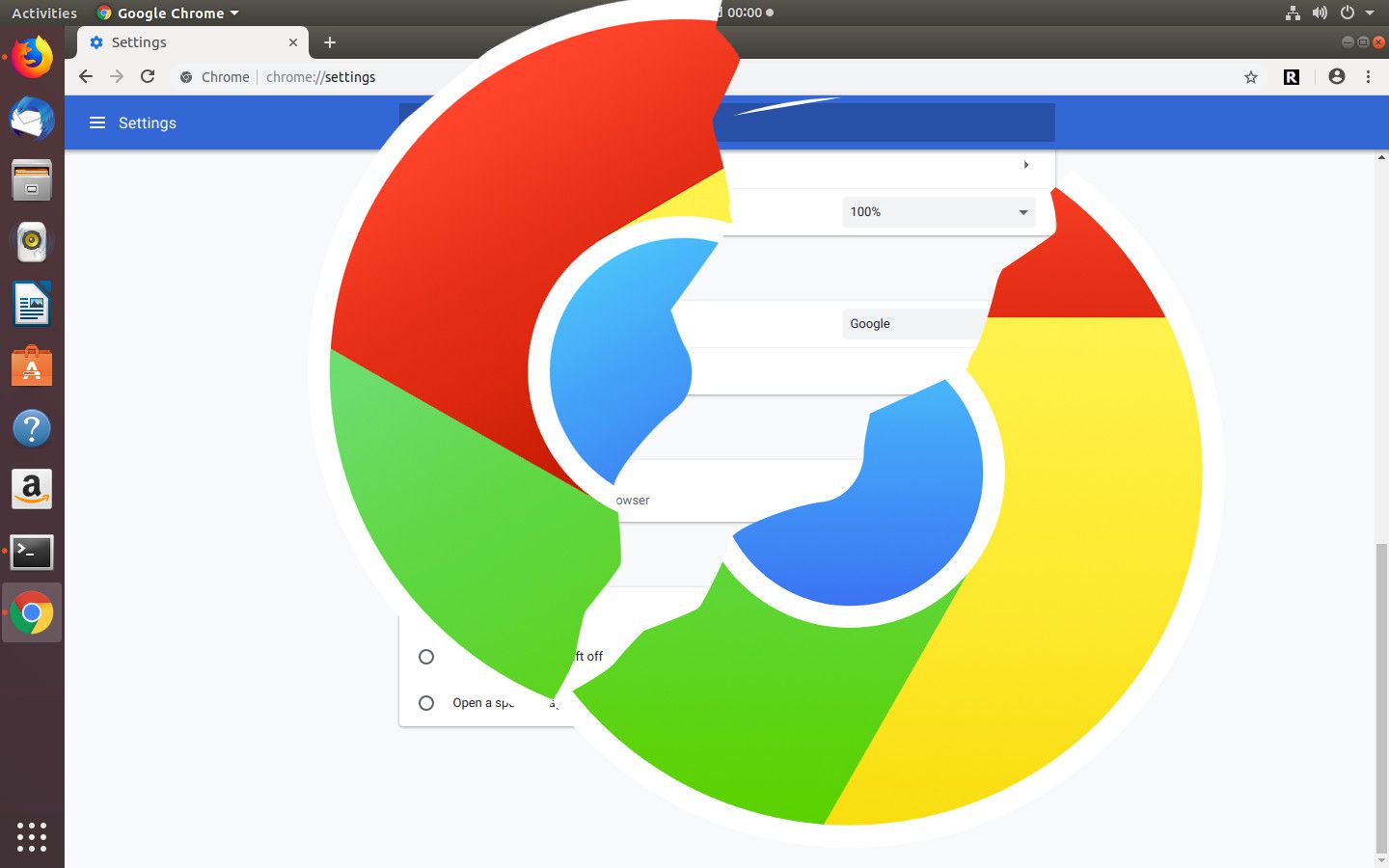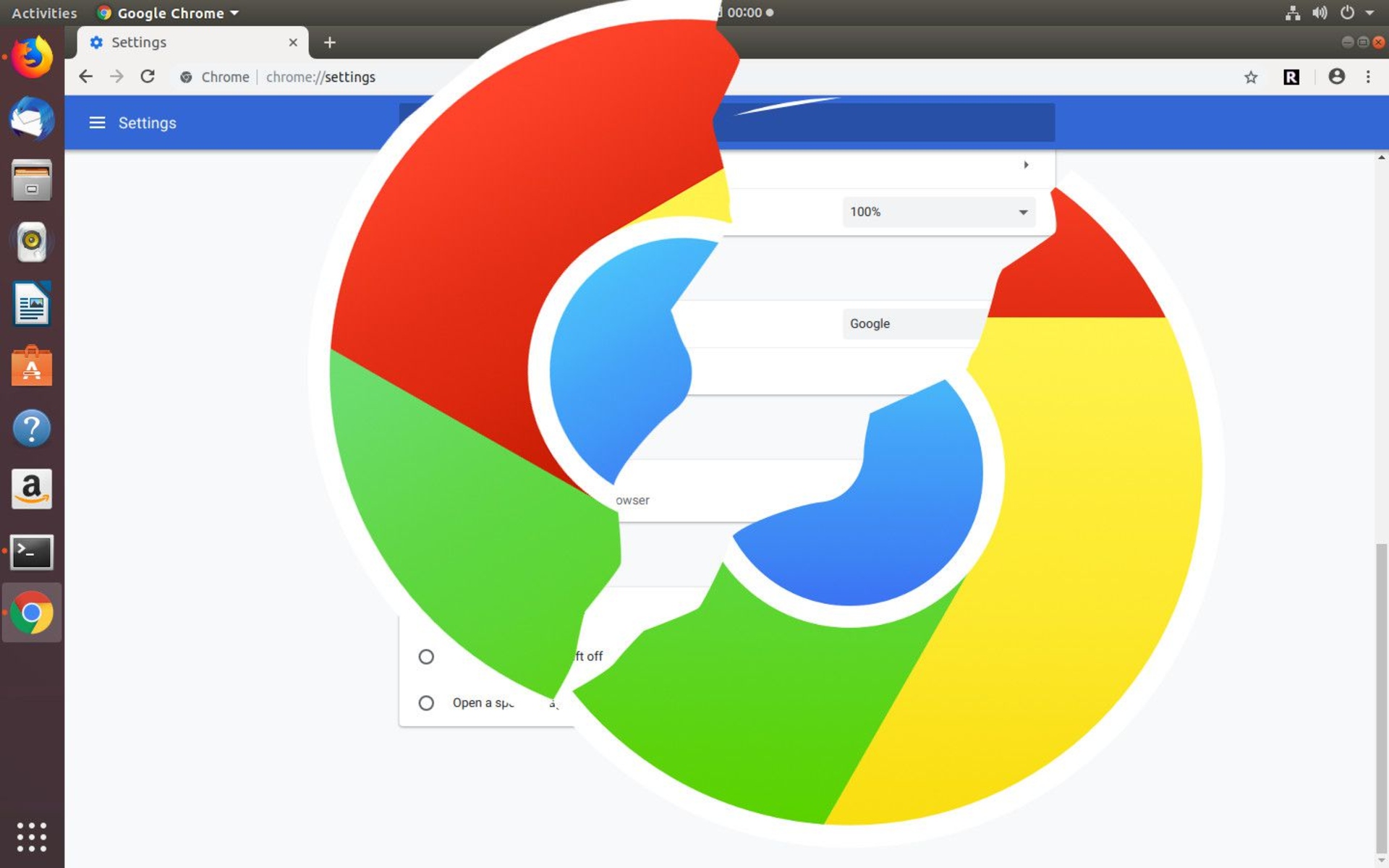Introduction
In today's fast-paced digital world, where every second counts, the loading speed of a web page plays a crucial role in determining user experience and search engine rankings. As internet users, we've all experienced the frustration of waiting for a webpage to load, only to abandon it and seek a faster alternative. This is why website owners and developers are constantly striving to optimize their sites for speed and performance.
Google Chrome, one of the most popular web browsers, offers a powerful set of developer tools that allow users to analyze various aspects of web page performance, including loading time. By leveraging these tools, web developers and site owners can gain valuable insights into how their pages load and identify potential areas for improvement.
In this article, we will explore a step-by-step guide on how to check the page loading time in Chrome using its built-in developer tools. Whether you're a web developer looking to optimize your site's performance or a curious user interested in understanding the behind-the-scenes of web page loading, this guide will equip you with the knowledge and tools to analyze page loading times effectively.
By the end of this tutorial, you'll be able to navigate Chrome's developer tools with confidence, interpret the loading time data, and make informed decisions to enhance the speed and performance of your web pages. So, let's dive into the world of Chrome developer tools and uncover the secrets of page loading time analysis.
Step 1: Open Chrome Developer Tools
To begin the process of checking the page loading time in Chrome, the first step is to open the Chrome Developer Tools. This powerful set of tools provides a comprehensive suite of features for web developers and users to analyze and optimize web page performance.
There are several ways to access the Chrome Developer Tools. One of the most common methods is by right-clicking anywhere on a web page and selecting "Inspect" from the context menu. Alternatively, you can use the keyboard shortcut by pressing "Ctrl + Shift + I" on Windows/Linux or "Cmd + Option + I" on macOS. These actions will open the Developer Tools panel, which is typically positioned at the bottom or right-hand side of the browser window.
Upon opening the Developer Tools, you will be presented with a range of tabs and panels, each serving a specific purpose in analyzing and debugging web pages. The primary tabs include Elements, Console, Sources, Network, Performance, Memory, Application, and Security. For the purpose of checking page loading time, we will focus on the Network tab, which provides detailed insights into network activity and resource loading.
As you navigate through the Developer Tools, take a moment to familiarize yourself with the layout and functionality of the various tabs. The Network tab, in particular, will be instrumental in our quest to analyze the page loading time, as it offers a wealth of information related to network requests, file sizes, and loading durations.
By successfully opening the Chrome Developer Tools, you have taken the crucial first step towards gaining visibility into the inner workings of web page loading. With the Developer Tools at your disposal, you are now ready to proceed to the next step and delve into the Network tab to further analyze the page loading time.
In the subsequent steps, we will explore how to utilize the Network tab effectively to measure and interpret the loading time of web pages, empowering you to make informed decisions and optimizations for enhanced performance. Let's move forward and continue our journey through the realm of Chrome Developer Tools.
Step 2: Go to the Network Tab
Once you have successfully opened the Chrome Developer Tools, the next crucial step in analyzing the page loading time is to navigate to the Network tab. This tab serves as a comprehensive dashboard for monitoring network activity and resource loading, providing invaluable insights into the performance of web pages.
Upon selecting the Network tab within the Developer Tools panel, you will be presented with a wealth of information related to network requests, file sizes, loading durations, and various other metrics that collectively contribute to the overall loading time of the web page. The Network tab is instrumental in dissecting the intricate process of how a web page retrieves and renders its resources, shedding light on potential bottlenecks and areas for optimization.
As you enter the Network tab, you will notice a dynamic and real-time display of network activity, showcasing each individual request made by the web page to fetch resources such as HTML, CSS, JavaScript, images, and other assets. The tab provides a detailed breakdown of each request, including its type, status, size, and loading time, allowing you to meticulously analyze the performance of every resource loaded by the page.
Furthermore, the Network tab offers powerful filtering and sorting capabilities, enabling you to focus on specific types of requests or isolate particular resource loading patterns. By leveraging these features, you can pinpoint resource-intensive elements and identify opportunities to streamline the loading process, ultimately contributing to a faster and more efficient web page experience.
In addition to the real-time display of network activity, the Network tab also provides comprehensive timeline and waterfall views, offering visual representations of the sequence and duration of resource loading. These visualizations are invaluable in understanding the chronological order of network requests and the time taken to fetch and render each resource, allowing you to identify potential latency issues and optimize the loading sequence for improved performance.
By navigating to the Network tab within the Chrome Developer Tools, you have unlocked a treasure trove of insights into the network activity and resource loading behavior of web pages. Armed with the ability to monitor and analyze the intricacies of network requests and loading times, you are now equipped to proceed to the next step and delve into the process of reloading the page to capture and interpret loading time data effectively. Let's embark on this next phase of our journey through the realm of Chrome Developer Tools, where we will unravel the secrets of page loading time analysis and empower you with the knowledge to optimize web page performance.
Step 3: Reload the Page
After navigating to the Network tab within the Chrome Developer Tools and gaining valuable insights into the network activity and resource loading behavior of the web page, the next pivotal step in analyzing the page loading time is to reload the page. Reloading the page serves as a catalyst for capturing real-time loading time data and allows for a comprehensive assessment of the web page's performance.
Upon initiating the page reload, whether by clicking the browser's refresh button, pressing the F5 key, or using the Ctrl + R (Cmd + R on macOS) shortcut, the Network tab within the Developer Tools becomes a dynamic observatory of network activity. As the page reloads, the Network tab captures and displays a fresh wave of network requests, showcasing the loading process of resources in real time.
During the page reload, the Network tab provides a detailed and chronological account of each network request, including the type of resource, its size, status, and most importantly, the loading time. This loading time metric, often displayed in milliseconds, represents the duration taken for each resource to be fetched and rendered by the web page. By capturing this data during the page reload, you gain a precise understanding of the actual loading times of various resources, shedding light on potential performance bottlenecks and areas for improvement.
As the network requests unfold in the Network tab, the loading times of individual resources are meticulously recorded, allowing you to discern patterns, anomalies, and potential areas of optimization. Whether it's identifying excessively large resource files that contribute to prolonged loading times or pinpointing latency issues in the retrieval of specific assets, the real-time data captured during the page reload empowers you to make informed decisions to enhance the speed and efficiency of the web page.
Furthermore, the Network tab's visual representations, including the timeline and waterfall views, offer a comprehensive visualization of the loading sequence and duration of resources. These visual aids provide a clear depiction of the chronological order in which resources are loaded and the time taken for each, offering invaluable insights into the orchestration of network requests and the overall loading time of the web page.
By reloading the page and capturing real-time loading time data within the Network tab, you have embarked on a journey of discovery, gaining a granular understanding of the intricate process of web page loading. Armed with this data, you are now poised to proceed to the next step and delve into the process of analyzing the loading time to derive actionable insights and optimizations for enhanced web page performance. Let's continue our exploration through the realm of Chrome Developer Tools, where we will unravel the secrets of page loading time analysis and equip you with the knowledge to optimize web page performance.
Step 4: Analyze the Loading Time
With real-time loading time data captured within the Network tab of Chrome Developer Tools, the stage is set for a comprehensive analysis of the web page's performance. Armed with a wealth of insights into the loading durations of individual resources, you are now poised to delve into the process of analyzing the loading time to derive actionable insights and optimizations for enhanced web page performance.
The loading time analysis begins by meticulously examining the recorded loading durations of each resource fetched during the page reload. By scrutinizing the loading times displayed within the Network tab, you can identify patterns, outliers, and potential areas for improvement. Resources exhibiting prolonged loading times may indicate performance bottlenecks, such as large image or script files, server latency, or inefficient resource delivery mechanisms.
Furthermore, the Network tab offers powerful filtering and sorting capabilities, enabling you to isolate specific types of requests or focus on resources with the longest loading times. By leveraging these features, you can pinpoint resource-intensive elements and prioritize optimization efforts to streamline the loading process.
In addition to individual resource loading times, the timeline and waterfall views within the Network tab provide visual representations of the sequence and duration of resource loading. These visual aids offer a holistic perspective on the orchestration of network requests, shedding light on the interdependencies and cumulative impact of resource loading on the overall page loading time.
As you analyze the loading time data, it's essential to consider the collective impact of resource loading on the web page's performance. By aggregating the loading durations of all resources, you can calculate the total loading time of the page, providing a comprehensive benchmark for assessing its overall speed and efficiency.
Moreover, the loading time analysis extends beyond mere observation, empowering you to make informed decisions and optimizations to enhance web page performance. Whether it involves compressing large image files, leveraging browser caching, optimizing server response times, or implementing asynchronous resource loading, the insights derived from the loading time analysis serve as a catalyst for targeted performance enhancements.
By meticulously analyzing the loading time data captured within the Network tab, you gain a profound understanding of the intricate dynamics of web page loading, empowering you to identify performance bottlenecks and implement strategic optimizations. This process equips you with the knowledge and tools to enhance the speed, efficiency, and user experience of web pages, ultimately contributing to a seamless and responsive web browsing environment.
With the loading time analysis complete, you have unlocked the potential to optimize web page performance and elevate the user experience to new heights. Armed with actionable insights and a deep understanding of loading time dynamics, you are now poised to embark on a journey of performance enhancements, leveraging the power of Chrome Developer Tools to drive impactful improvements in web page speed and efficiency.
Conclusion
In conclusion, the ability to check the page loading time in Chrome using its built-in developer tools is a valuable skill that empowers web developers and site owners to optimize web page performance and enhance user experience. Throughout this comprehensive guide, we have embarked on a journey through the realm of Chrome Developer Tools, unraveling the secrets of page loading time analysis and equipping you with the knowledge and tools to make informed decisions and optimizations for enhanced web page performance.
By opening the Chrome Developer Tools and navigating to the Network tab, we gained valuable insights into the intricate dynamics of network activity and resource loading behavior. The real-time display of network requests, coupled with powerful filtering and sorting capabilities, provided a comprehensive dashboard for monitoring and analyzing the performance of web pages. Furthermore, the visual representations offered by the Network tab, including the timeline and waterfall views, offered holistic perspectives on the loading sequence and duration of resources, empowering us to identify potential bottlenecks and areas for optimization.
Reloading the page within the Network tab served as a catalyst for capturing real-time loading time data, allowing for a comprehensive assessment of the web page's performance. The meticulous recording of loading times for individual resources, coupled with visual representations of the loading sequence, provided actionable insights into the orchestration of network requests and the overall loading time of the web page.
The subsequent analysis of the loading time data empowered us to identify performance bottlenecks, prioritize optimization efforts, and derive actionable insights for enhancing web page performance. By scrutinizing the loading durations of individual resources and aggregating the total loading time of the page, we gained a profound understanding of the collective impact of resource loading on the web page's speed and efficiency. This knowledge served as a catalyst for implementing targeted optimizations, such as compressing large image files, optimizing server response times, and leveraging browser caching, ultimately contributing to a seamless and responsive web browsing environment.
In essence, the journey through the process of checking page loading time in Chrome has equipped us with the expertise to optimize web page performance and elevate the user experience to new heights. By leveraging the power of Chrome Developer Tools and the insights derived from loading time analysis, we are poised to drive impactful improvements in web page speed, efficiency, and user experience, ultimately contributing to a seamless and responsive web browsing environment.

























